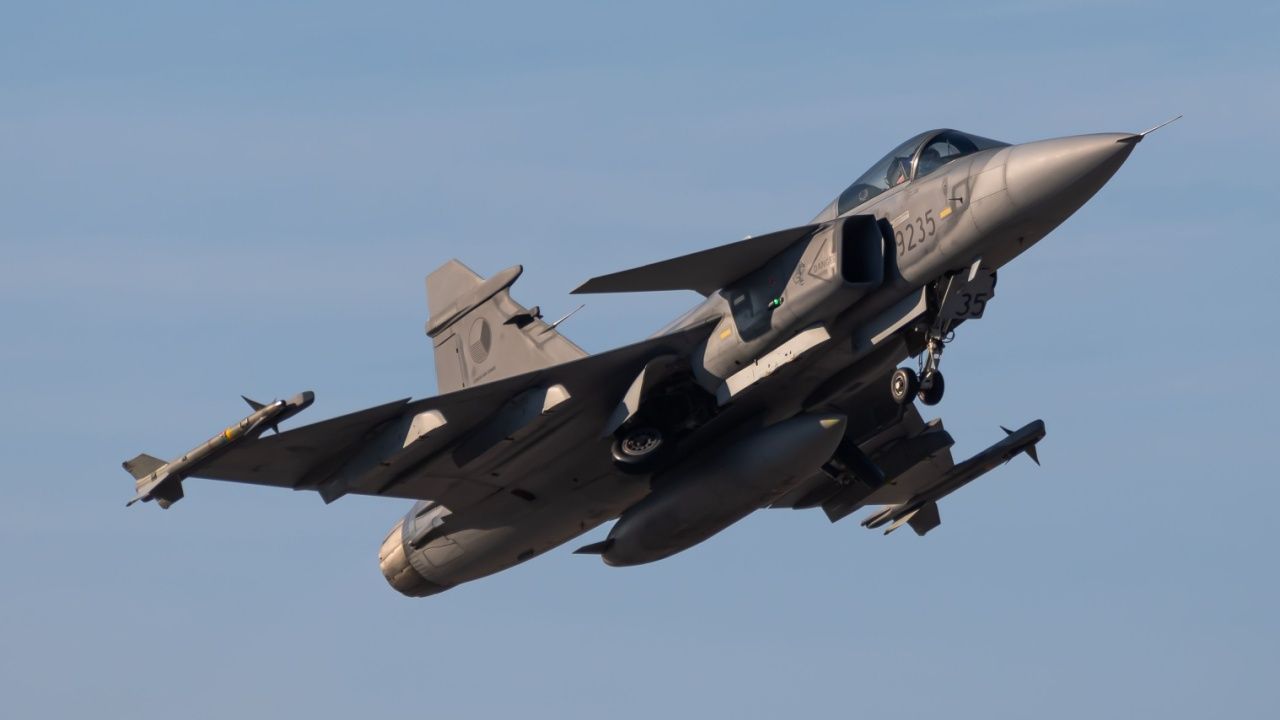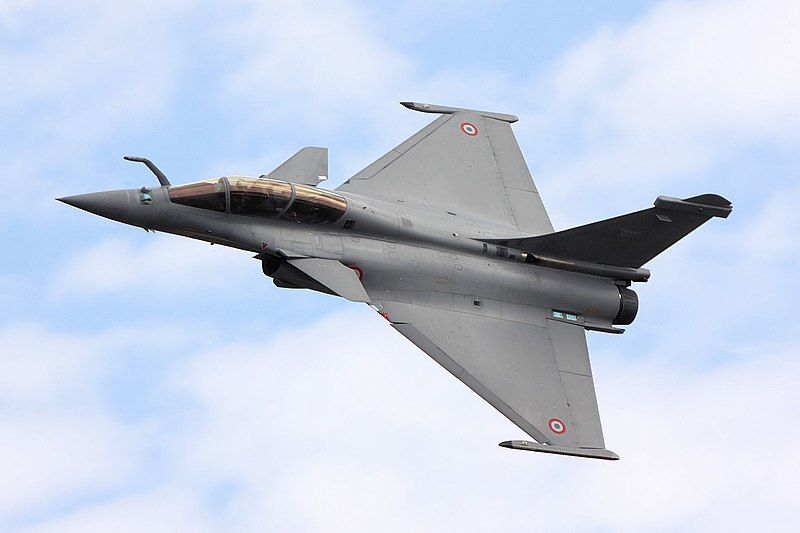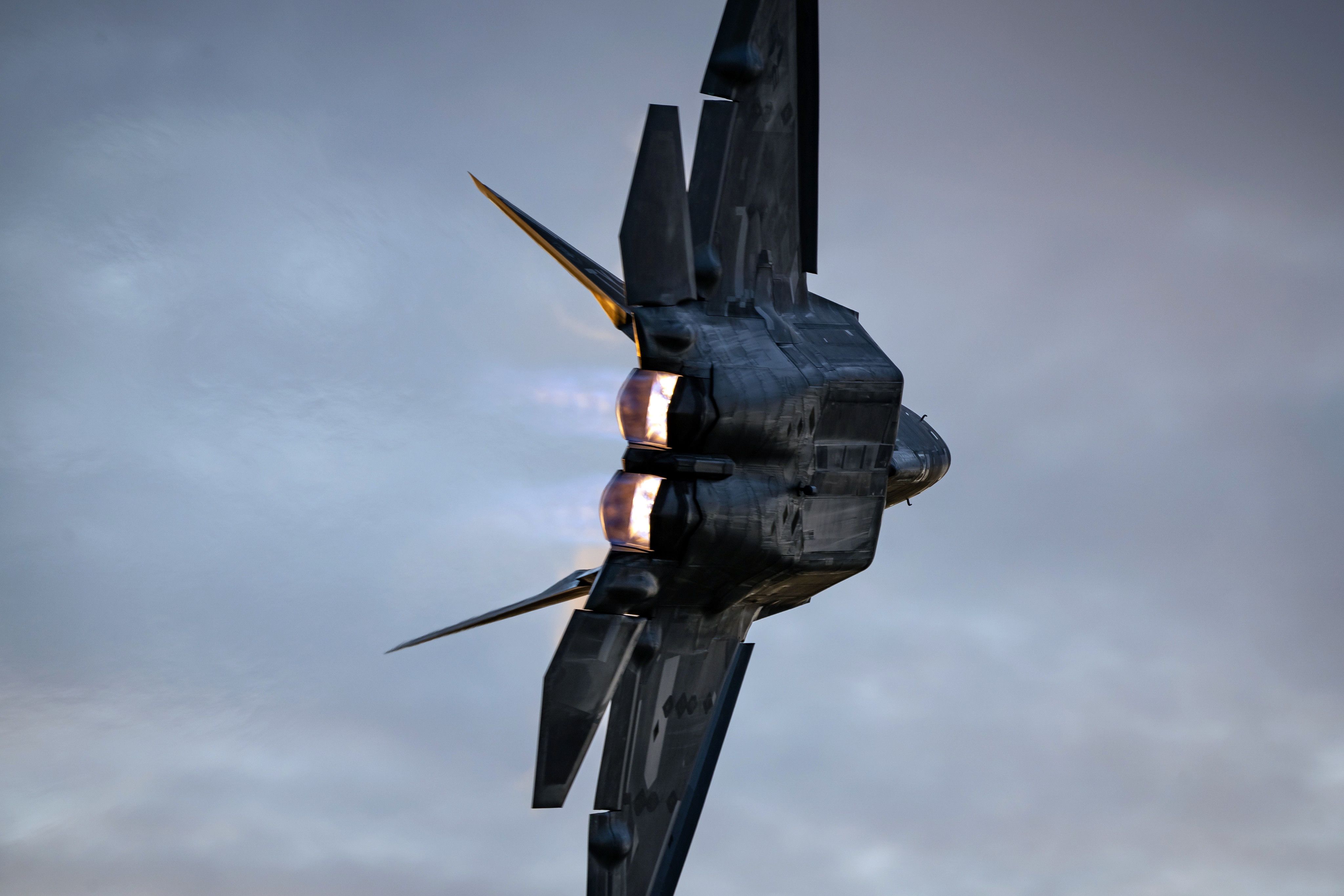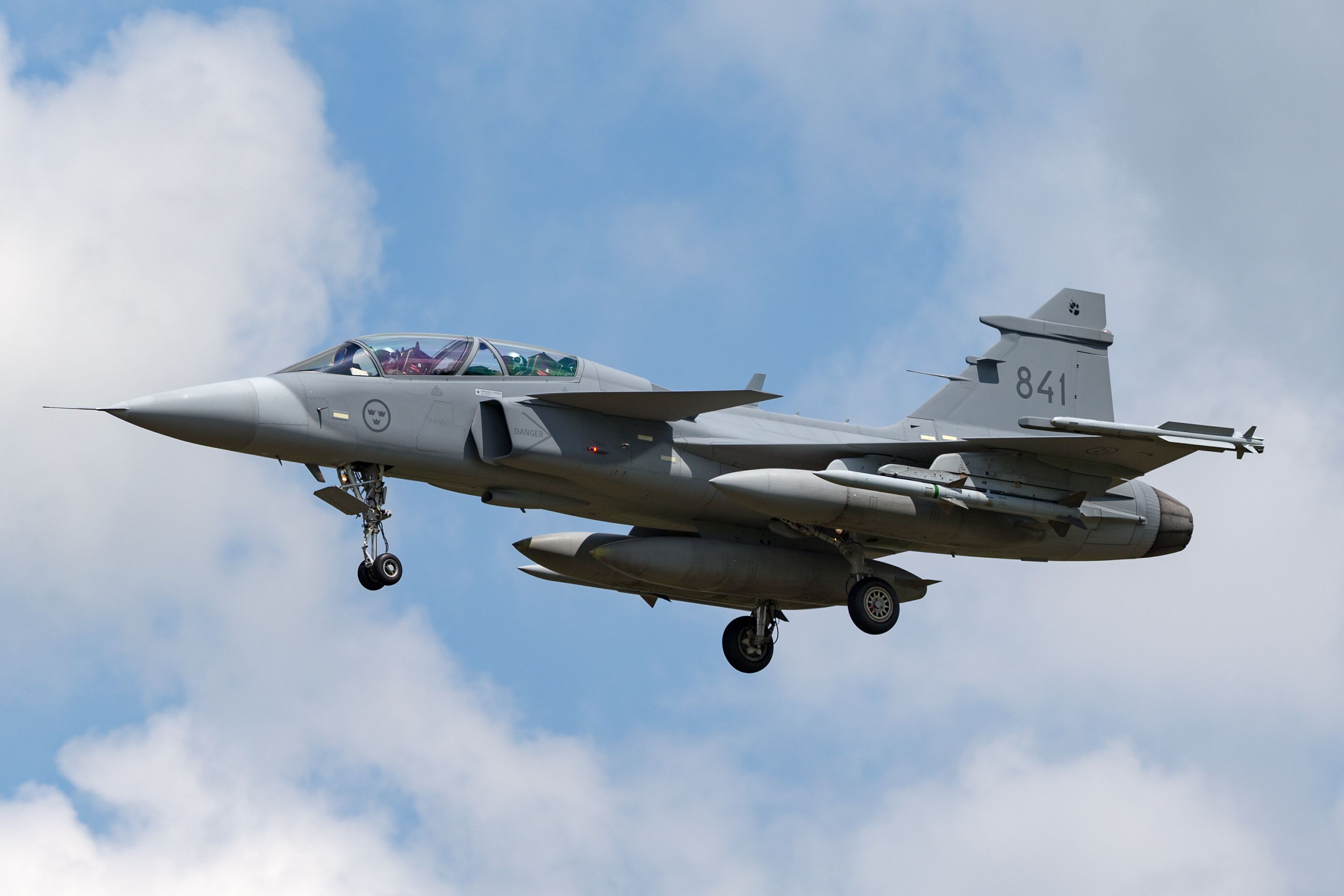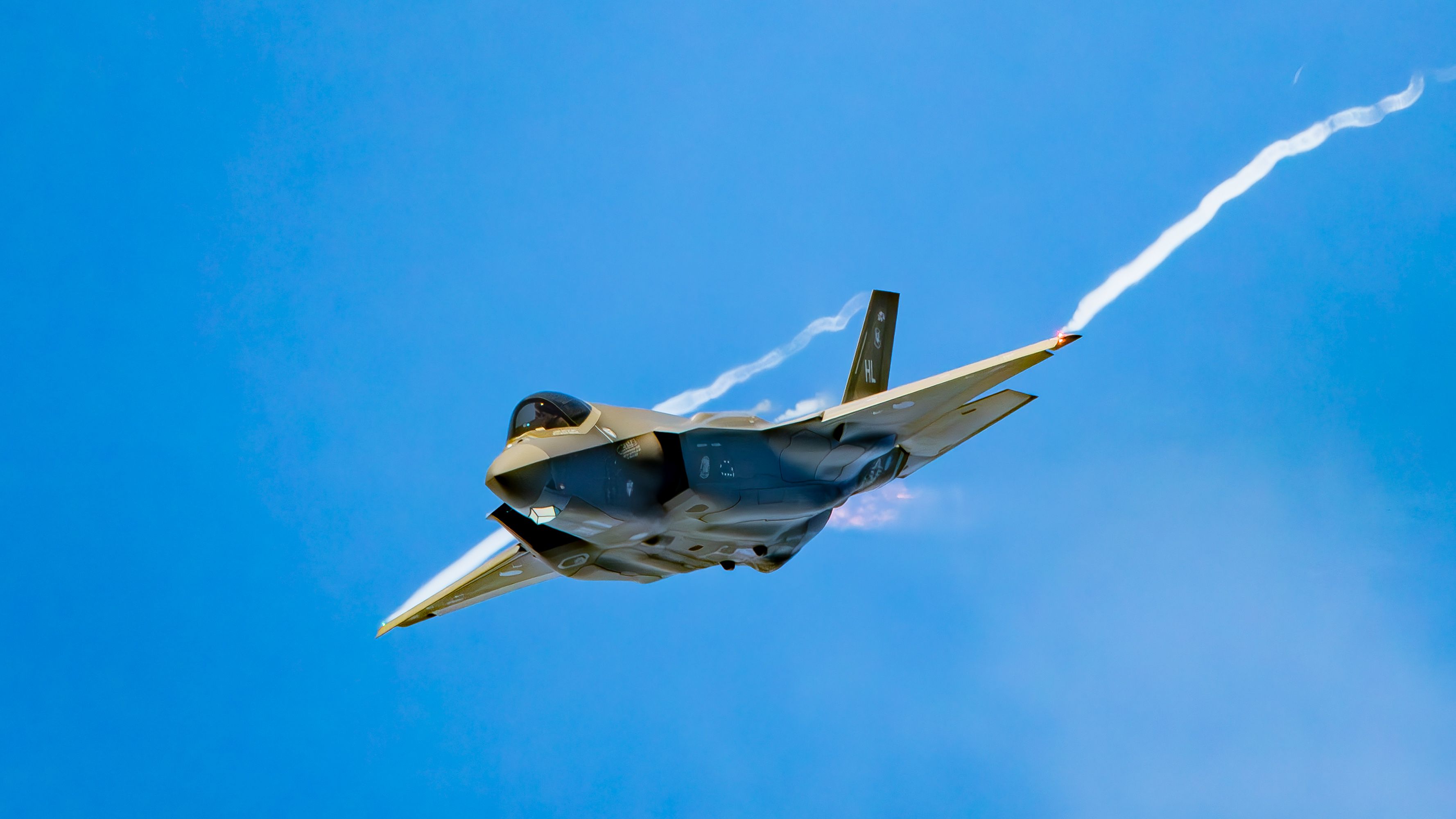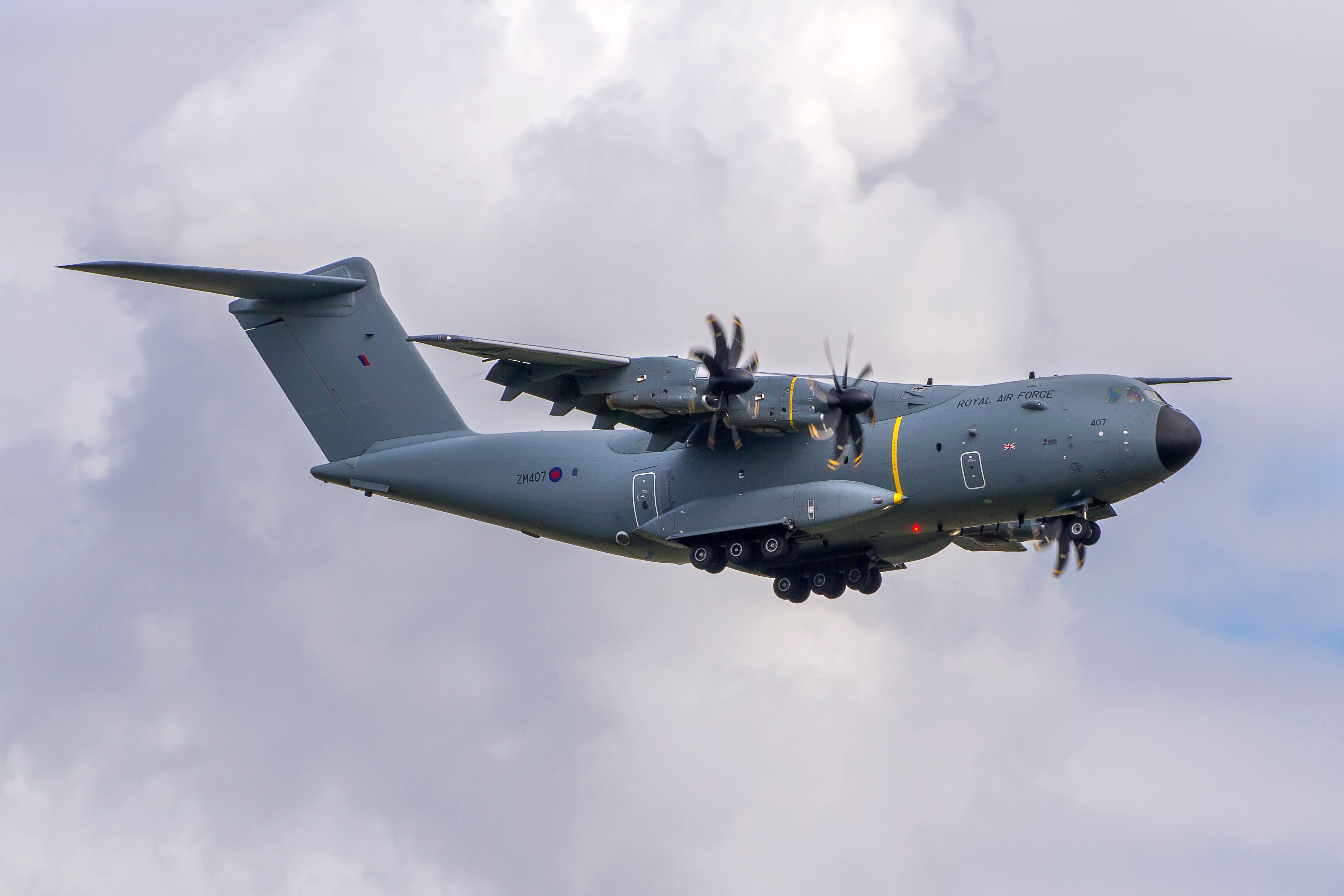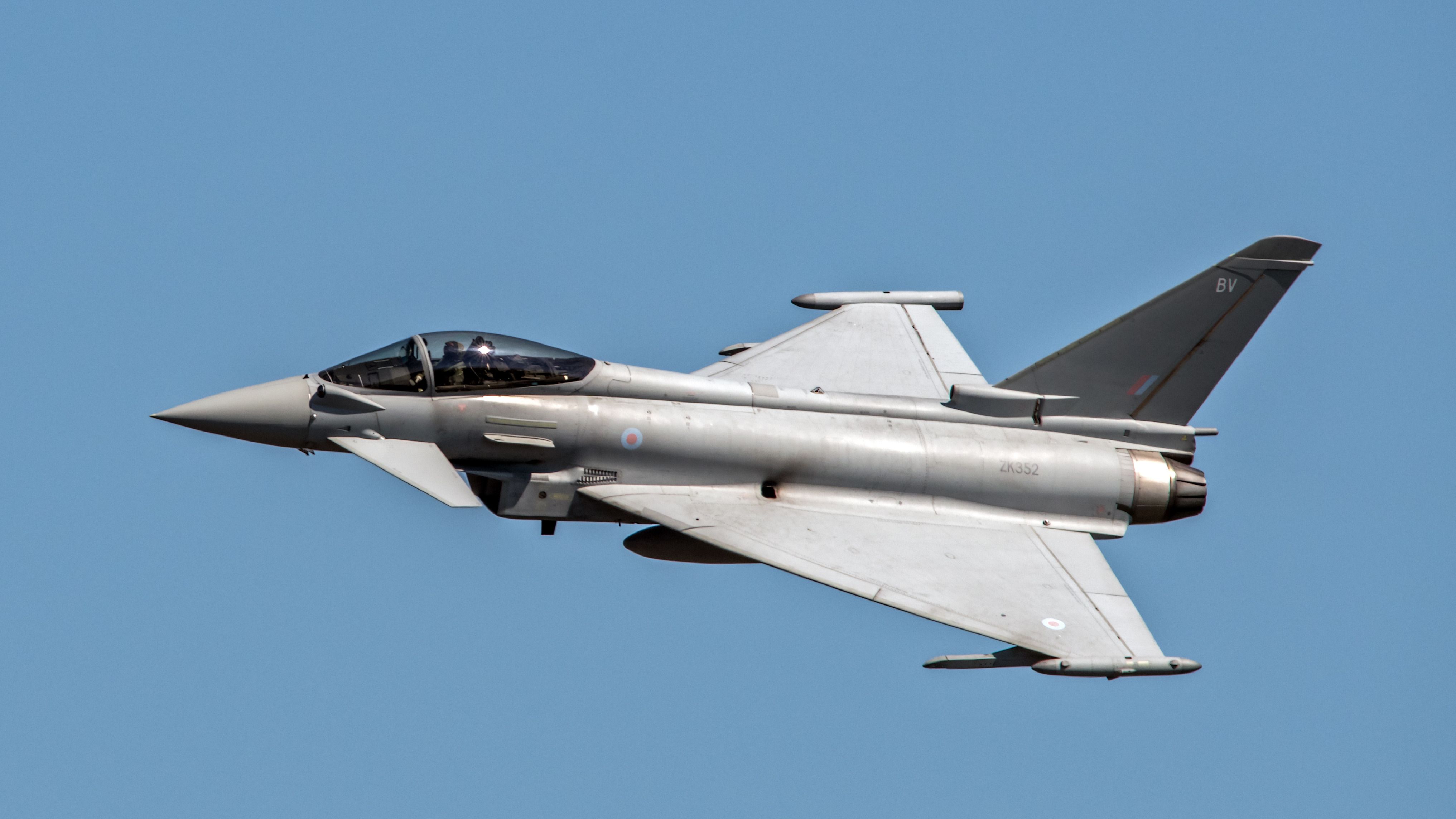Summary
- Europe spends 20% on defense compared to the US.
- European Union defense spending to increase to $380 billion by 2024.
- Europeans buy more non-European military equipment.
According to Airbus CEO Guillaume Faury, the US is spending five times more on military equipment acquisition than European defense. Of that sum, the Europeans are spending around two-thirds outside of Europe – mostly in the US but also in other countries like South Korea. While the Europeans produce Rafale, Typhoon, and Gripen fighter jets, many opt to purchase American fifth-generation F-35s for which no European counterpart exists. Europe’s notable export industry partially helps to overcome the lack of investment but still has proven insufficient for the European defense industry to resist atrophying over the years.
Europeans spending 20% of the US’s procurement
Guillaume Faury was speaking at a pre-Farnborough media Reception in London on Sunday when he stated that European acquisition is just 20% that of the United States. “According to our European defense, the US is spending five times more for military equipment acquisition. The European Union spends 20% of what the US is buying in terms of equipment every year.”
“So, Europe is really faced with a challenge to spend more money. Generally speaking, in defense, if Europe wants its sovereignty in terms of defense and security, and it’s a growing concern around the world, it has to work more together with countries of Europe currently than we do today and also reinforce going to European players to move forward.” – Guillaume Faury, Airbus CEO
“European Union spends 20% of the US in terms of equipment”
Faury specified the European Union—this would exclude the United Kingdom, Norway, Switzerland, and Ukraine (and obviously Turkey). With Brexit, France is the main military power in the European Union. Other notable military countries in the European Union include Germany, Spain, Italy, Greece, Sweden, and the Netherlands.
|
Western fighter jets in production: |
Country of origin: |
|---|---|
|
Eurofighter Typhoon: |
UK, Germany, Italy, Spain |
|
Rafale: |
France |
|
Saab Gripen: |
Sweden |
|
F-16 Block 70 (export only): |
United States |
|
F-35A, F-35B, F-35C |
United States |
|
F-15EX |
United States |
|
F/A-18 Super Hornet / F/A-18G Grower: |
United States |
Photo: Tech. Sgt. Ben Bloker | USAF
The Full-Scale Russian Invasion of Ukraine has triggered the Europeans to increase their military budgets and procurement significantly. According to the European Commission President Von der Leyen, the European Union’s spending will rise to 350 billion Euros in 2024.
European Union spending increase (excl. UK):
- 2022: €240 billion ($260 billion)
- 2023: €280 billion ($304 billion)
- 2024: €350 billion ($380 billion)
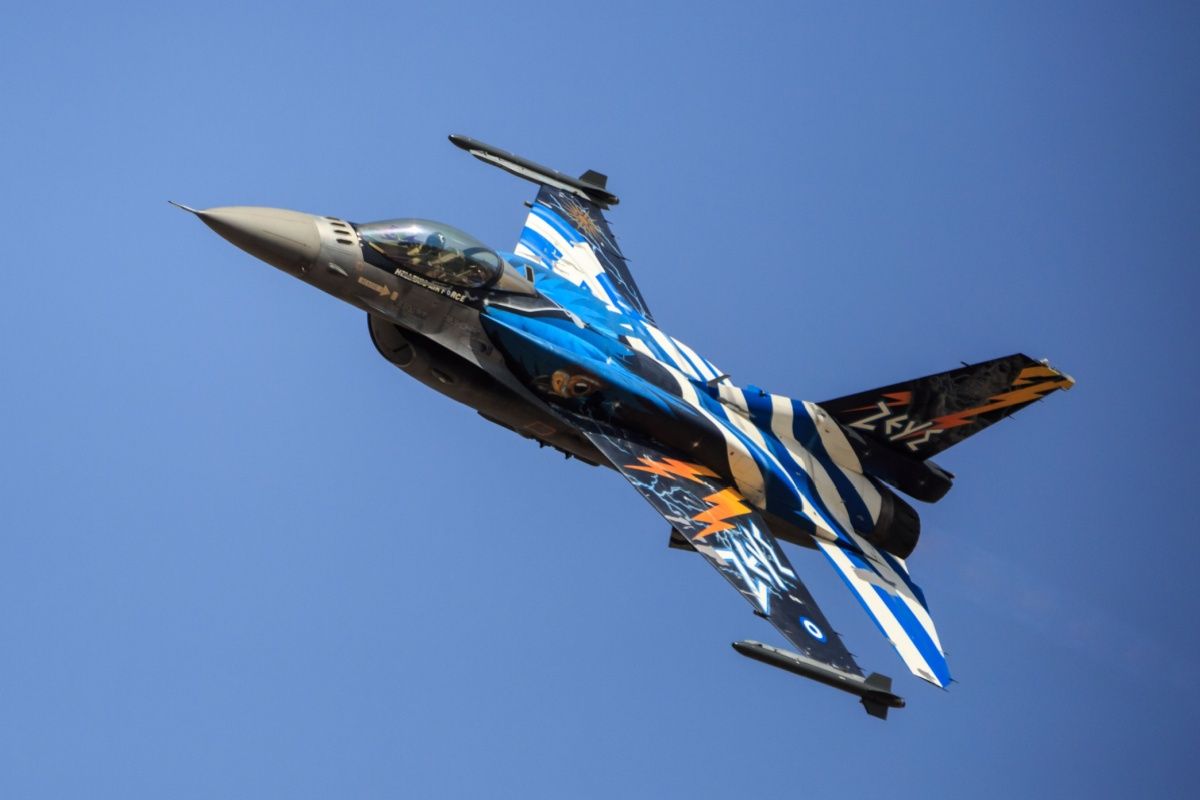
Related
Greece Modernizes Its Air Force With US F-35s & French Rafales
Greece has announced a major modernization project that will see the acquisition of dozens of F-35s and more Rafales.
Apples and oranges
If Faury really meant the European Union when he specified the European Union (that excludes the UK), then it really only includes one country with any meaningful sort of foreign and global power projection – France. France is interested in maintaining expeditionary capabilities for interventions in some African nations and protecting some of the far-flung vestiges of its former empire (just as French Polynesia, New Caledonia, and French Guiana).
Photo: Ryan Fletcher | Shutterstock
|
US proposed $850 Billion Fiscal Year 2025 military budget (Brookings): |
|
|---|---|
|
Military personnel: |
$182 billion |
|
Operations and maintenance: |
$338 billion |
|
Weapons procurement: |
$168 billion |
|
R&D: |
$143 billion |
Almost all other European militaries are focused only on defending their own countries – not power projection. The US military is squarely focused on power projection, which is incredibly resource-intensive. To project power worldwide, the US operates over half of the world’s aircraft carriers (and all the largest carriers and all but one nuclear carrier), over half of the world’s aerial tankers, vast fleets of transport aircraft, and so on. Some have termed the US military as a logistics organization that also happens to fight.
Photo: Joe Kunzler | Simple Flying
As Philips O’Brien points out in his WWII book “How the War Was Won,” expeditionary navy and air assets have long driven military costs. Vehicles like tanks, howitzers, and artillery are comparatively inexpensive. For example, Finland’s ability to fight defensively on its own terrain means it can support an impressively capable military for a fraction of the cost of what it would cost the US. But it is wholly incapable of projecting that power much beyond its borders.
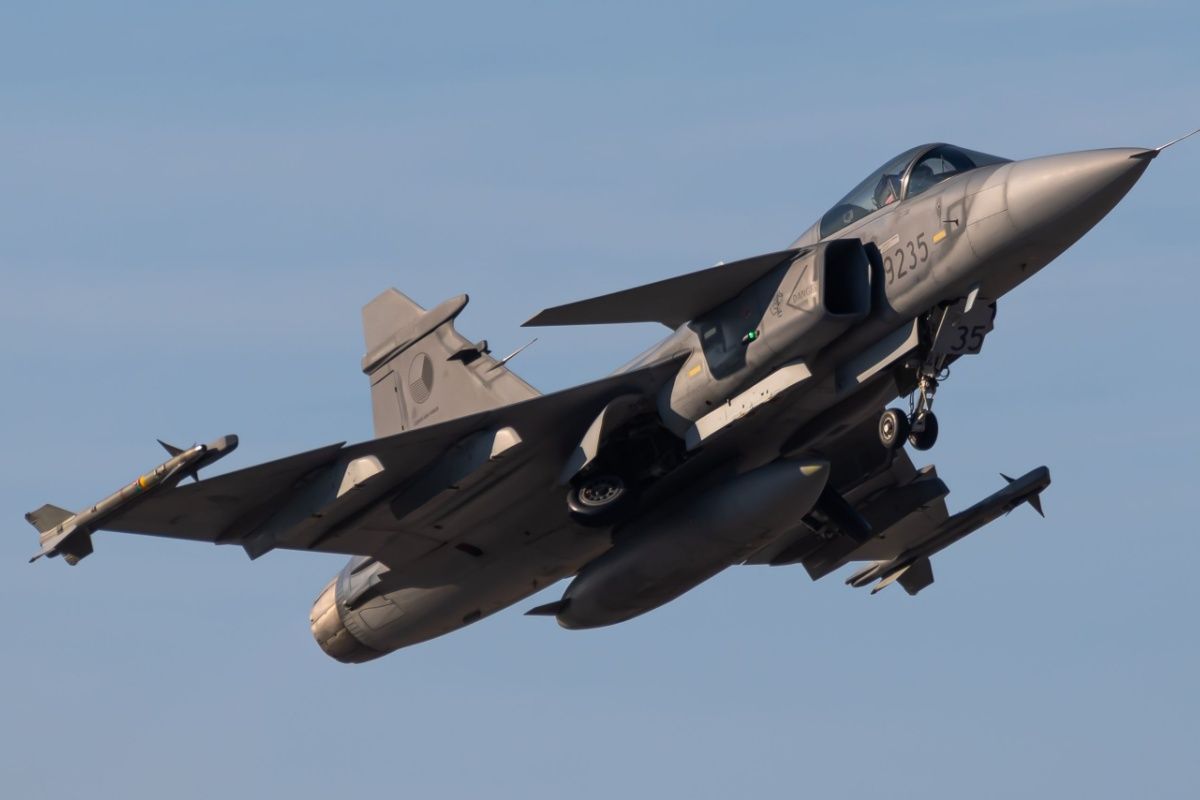
Related
Thai Air Force Picks SAAB Gripens Over Lockheed Martin F-16s
Thailand appears to have chosen Swedish Gripens to replace the aging F-16s with the new F-16 Block 70s.
Europeans not buying European
Faury explained that the actual number is worse than just being 20% of US procurement spending – “...on top of that, the US is mostly buying from us manufacturers, where Europe is buying a third from Europe and two-thirds outside of Europe. So, we are left with something like 6% in Europe. In Europe, we buy 6% of what the US buys in the US.”
This is perhaps the most concerning point: Europeans are not buying European. This was seen when the Poles purchased hundreds of South Korean tanks—partly because the German industry had atrophied to the point that it would take an unacceptably long time to purchase German Leopard 2 tanks.
Photo: Kev Gregory | Shutterstock
While Faury certainly has a point, some other factors mean Europe still enjoys a somewhat robust defense sector (even if other countries like South Korea are leapfrogging it in many areas). European countries remain some of the world’s top exporters – especially with the on-going collapse of the Russian military export industry.
|
Share of global arms exports 2019-2023 (SIPRI) |
|
|---|---|
|
United States: |
42% |
|
Russia: |
11% |
|
France: |
11% |
|
China: |
5.8% |
|
Germany: |
5.6% |
|
Italy: |
4.3% |
|
United Kingdom: |
3.7% |
|
Spain: |
2.7% |
The Europeans dominate global arms sales in certain areas. One notable sector is warships and submarines. US warships are built for US Navy needs and are typically not designed with the needs of foreign nations in mind. This means countries like Italy, Germany, the UK, Spain, and France can dominate the world’s warship export market.
Photo: sam-whitfield1 | Shutterstock
The European defense industry is also competitive in some other areas—4.5th generation fighter jets like the French Rafale and Swedish Gripen compete with the F-16 Block 70 on the export market. Burging orders have caused Dassault to ramp up Rafale production.
However, the US possesses many capabilities completely absent in Europe (e.g., Europe has no fifth-generation fighter jets like the F-35 and F-22). So, if the Europeans want these capabilities, they have little choice but to buy American. Conversely, the Europeans have little to offer, which the US also does not produce.

